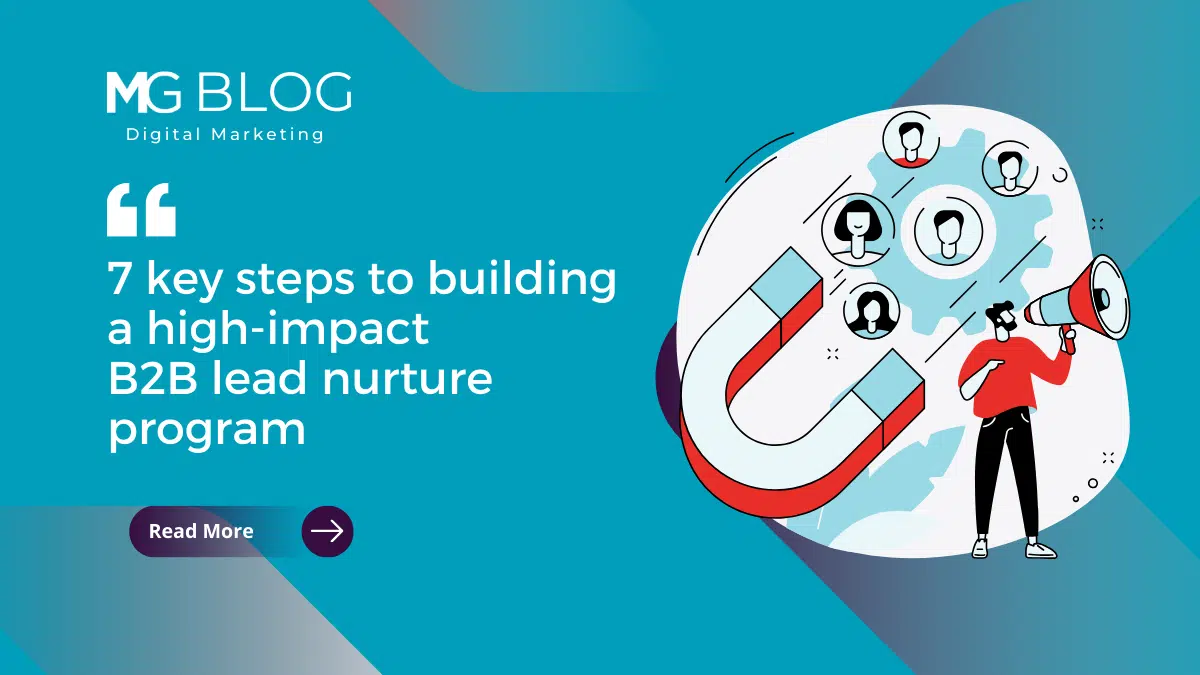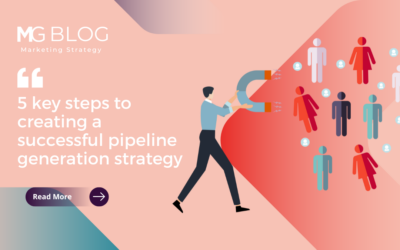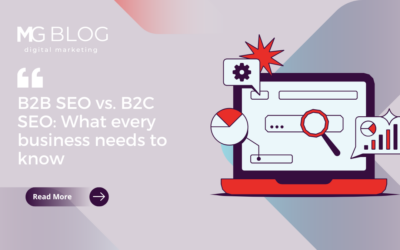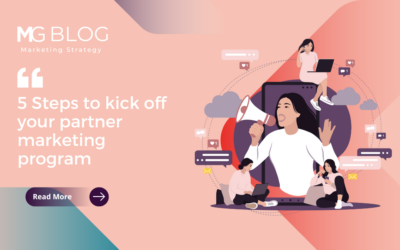
In the fast-evolving landscape of government, healthcare, and emerging technology, a well-crafted lead nurture strategy is the difference between prospects stalling in the funnel or converting into high-value customers. Whether you’re a B2B digital marketing agency or an in-house marketing team, having a structured lead generation campaign with strategic nurturing is essential for long-term success.
Here are seven key steps to designing and executing a high-impact B2B lead nurture program that builds trust, accelerates sales, and delivers measurable ROI.
1. Define your ideal customer profile (ICP) and buyer personas
Before launching a lead generation campaign, ensure you’re targeting the right audience. A well-defined ICP and buyer persona framework helps segment leads based on industry, job role, pain points, and decision-making authority.
Key actions:
- Analyze past high-value customers to identify trends.
- Segment leads by demographics, firmographics, and behavioral data.
- Collaborate with sales to refine audience targeting.
- Pro Tip: For B2B content strategy, tailor messaging for multiple stakeholders—especially in complex industries like government and healthcare, where procurement processes are lengthy.
2. Map the lead journey and develop segmented workflows
A B2B lead nurture strategy isn’t one-size-fits-all. Leads move through different stages—awareness, consideration, and decision—at their own pace. Your job is to guide them with relevant content and personalized interactions.
Key actions:
- Define touchpoints for each stage of the funnel.
- Segment leads based on engagement levels and intent signals.
- Use automation tools to trigger workflows based on behavior.
- Pro Tip: Invest in marketing automation platforms like HubSpot, Marketo, or Pardot to streamline segmentation and track lead movement.
3. Create multi-touch, multi-channel engagement strategies
An effective B2B content strategy leverages multiple channels to engage leads over time. A mix of email marketing, thought leadership, webinars, retargeting ads, and social media creates a cohesive nurture experience.
Key actions:
- Develop a regular cadence of high-value content assets like whitepapers, case studies, or explainer videos.
- Personalize email sequences based on lead behavior.
- Use LinkedIn, Twitter, and industry forums to reinforce messaging.
- Pro Tip: For government and healthcare sectors, compliance and trust are critical. Prioritize educational content that addresses regulations, cybersecurity, and operational challenges.
4. Deliver value-driven content at every stage
Content fuels your lead generation campaign and keeps prospects engaged. But not all content is created equal—it must align with where the lead is in their journey.
Key actions:
- During the awareness stage, prioritize thought leadership blogs and industry reports.
- Start sharing your company’s value during the consideration stage with assets like case studies, expert interviews, and comparison guides.
- Once audiences reach the decision stage, help them convert with targeted content like product demos, free trials, or ROI calculators.
- Pro Tip: Repurpose high-performing content across multiple formats (e.g., turn a whitepaper into a LinkedIn article, or a webinar into a short-form video series).
5. Leverage data and AI for hyper-personalization
B2B buyers expect personalized experiences. AI-powered analytics can help tailor messaging, predict lead behavior, and optimize touchpoints.
Key actions:
- Use AI-driven insights to score and prioritize leads.
- Customize email subject lines, website content, and ad messaging.
- Deploy chatbots and conversational AI for real-time engagement.
- Pro Tip: In emerging technology sectors, prospects often seek validation before purchase. AI-driven intent tracking can surface the hottest leads for faster conversions.
6. Align sales and marketing for seamless handoff
A successful lead nurture strategy requires tight alignment between sales and marketing teams. Without it, leads may fall through the cracks or receive inconsistent messaging.
Key actions:
- Define MQL (marketing qualified lead) and SQL (sales qualified lead) criteria.
- Implement a service level agreement (SLA) for follow-ups.
- Use CRM integration to track lead progress across departments.
- Pro Tip: Hold regular pipeline reviews to ensure marketing-sourced leads receive timely engagement from sales reps.
7. Continuously optimize with data and A/B testing
Good marketing is never “set it and forget it.” To maximize your B2B lead nurture program, analyze performance data, run A/B tests, and refine strategies based on insights.
Key actions:
- Track open rates, click-through rates, and conversion rates.
- A/B test subject lines, CTAs, content formats, and timing.
- Re-engage cold leads with targeted campaigns.
- Pro Tip: Government and healthcare decision-makers often have long buying cycles—use retargeting strategies to keep your brand top-of-mind.
Final thoughts: Build relationships, not just pipelines
A well-structured B2B lead nurture strategy isn’t about quick wins—it’s about building trust, delivering value, and driving conversions over time. Whether you’re in government, healthcare, or emerging technology, your lead nurture efforts should be strategic, data-driven, and focused on creating long-term customer relationships.
Looking for expert guidance on lead generation campaigns and B2B content strategy? Our agency specializes in B2B digital marketing and PR for regulated industries. Let’s build a nurture program that accelerates your pipeline.



